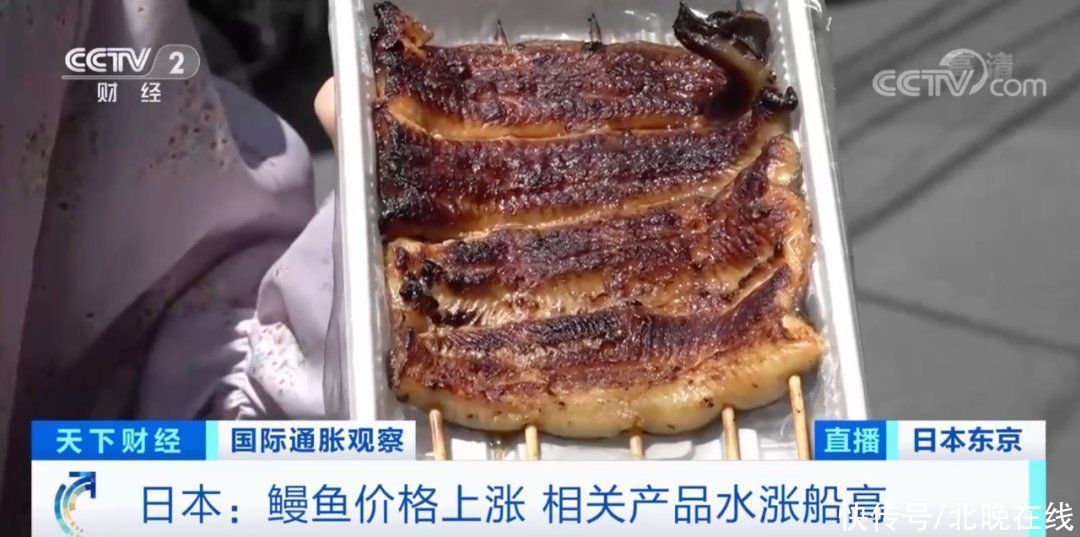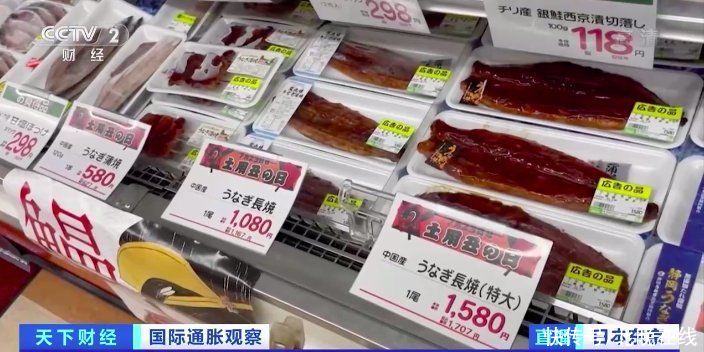Yesterday was Japan’s “Eel Day”, and there has always been the custom of eating eel tonic in the summer among Japanese folks. What are the characteristics of Japan’s eel consumption market this year, and what are the prices?

Finance Channel Special Correspondent Li Qianwen: This is an eel specialty store that has been operating for more than 60 years, although the body temperature reaches 38 Around Celsius, there are still many Japanese people queuing up. The entire line is more than 200 meters long, and consumers at the end of the line even have to wait 3 hours to buy an eel. Because of its rich nutritional value, eel is one of the most anticipated tonic delicacies of the Japanese people in summer. A small shop like this one can sell 1,200 grilled eels a day at most.

The price of such a grilled eel is about RMB 130, which is more than 10% more expensive than last summer. For many Japanese consumers, tasting eel in summer has become a luxury.

Not only grilled eel, but many restaurants and supermarkets have also raised the price of eel rice. The main reason why the prices of eel-related commodities have risen is that the shortage of eel fry has led to a decline in the breeding volume. According to data from the Japan Fisheries Agency, the domestic eel fry caught in Japan this year is only about 10 tons, a 9% decrease from last year. This has also led to a high price of fresh eel. The wholesale price of fresh eel from some well-known origins is about RMB 250 per kilogram, which is about 40% more expensive than the same period last year.

As the price of Japanese eel rose, so did the price of Chinese eel in the Japanese market. Some wholesale prices reached about 210 yuan per kilogram, a year-on-year increase of more than 50%. Currently, Chinese eel accounts for more than half of the Japanese market.

Not only that, many Japanese businesses said that the taste of Chinese eel is not inferior, a Japanese reporter recently reported I tried it in the middle, and it turned out that the difference between Chinese and Japanese eels could not be distinguished from the taste. This also shows that Chinese eels are gradually being recognized by the Japanese market, which is also good news for Chinese eel farmers and businesses.
(Original title: Queue for 3 hours under the scorching sun to buy it! In the Japanese market, more than half of the eels are made in China)
Source: CCTV Finance
Process Editor: TF060